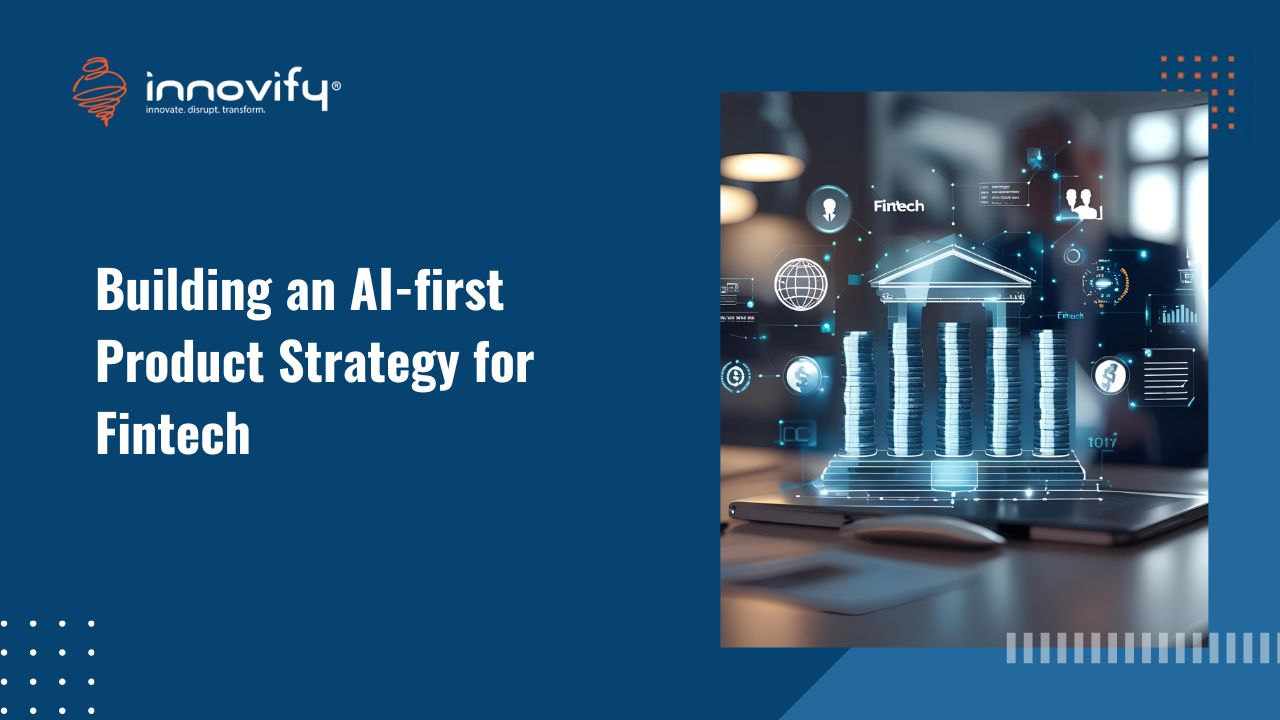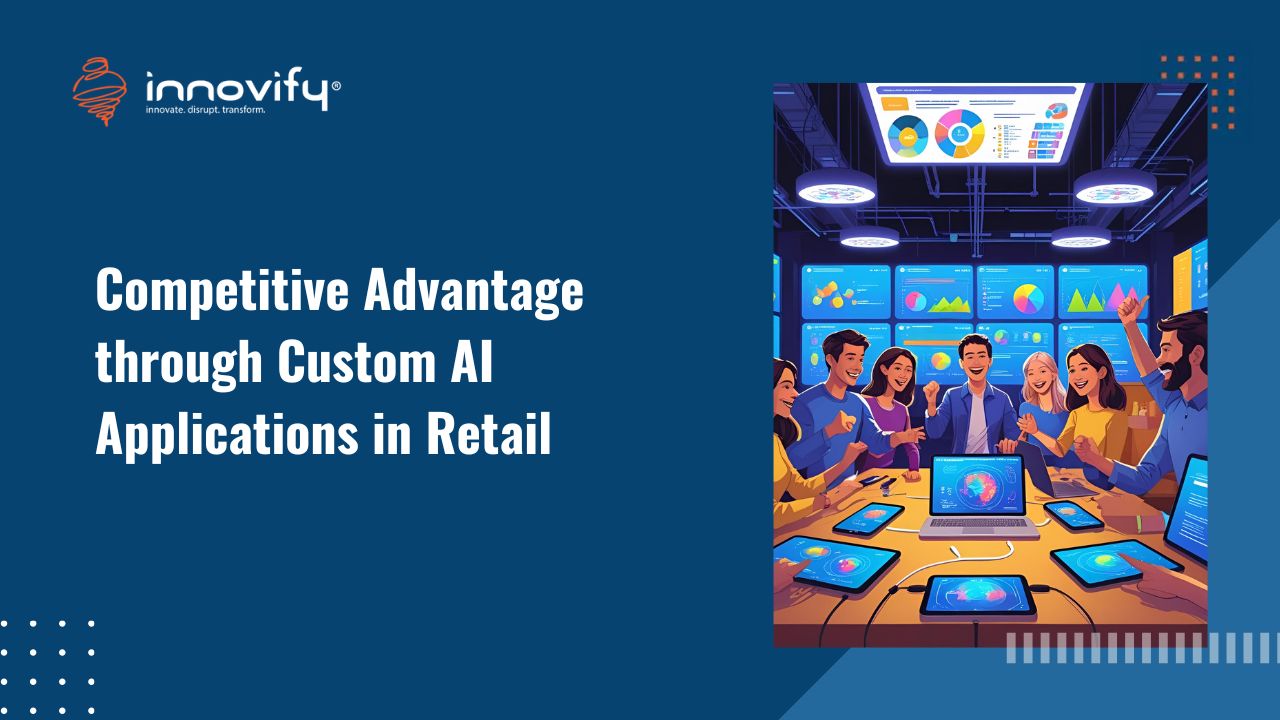AI/ML
Learn how to meet Stakeholder Expectations in Technology Projects
Introduction
Embarking on tech projects within the dynamic and competitive landscape of eCommerce requires tech leaders to navigate a complex web of stakeholder expectations. Success hinges not only on technical proficiency but also on the ability to balance diverse demands. In this blog post, we explore strategies for meeting stakeholder expectations in tech projects and achieving harmony in the ever-evolving world of eCommerce.
Comprehensive Stakeholder Analysis:
Understanding the expectations of different stakeholders is the first step. Conduct a thorough analysis to identify and prioritize the needs of various stakeholders, including executives, end-users, marketing teams, and support staff. This holistic view forms the basis for effective project planning.
Establish Clear Communication Channels:
Transparent and open communication is the backbone of successful stakeholder management. Establish clear communication channels to keep stakeholders informed about project progress, challenges, and milestones. Regular updates foster trust and ensure that expectations are aligned throughout the project lifecycle.
Define Clear Project Objectives:
Clearly defined project objectives serve as a roadmap for both the tech team and stakeholders. Ensure that project goals are specific, measurable, achievable, relevant, and time-bound (SMART). This clarity provides a common understanding of what success looks like and aligns expectations accordingly.
Prioritize Stakeholder Involvement:
Engage stakeholders early and often in the project. Solicit their input during the planning phase and involve them in key decision-making processes. By fostering collaboration, tech leaders can ensure that stakeholders feel heard and valued, leading to a sense of ownership in the project’s success.
Agile Project Management:
Adopting agile methodologies is particularly effective in eCommerce tech projects. Agile allows for flexibility, continuous feedback, and incremental progress. Regular sprint reviews and retrospectives enable stakeholders to provide input, see tangible results, and make adjustments based on evolving needs.
Set Realistic Expectations:
Managing stakeholder expectations involves setting realistic expectations from the outset. Clearly communicate project timelines, potential challenges, and achievable outcomes. Realism prevents disappointment and establishes a foundation of trust between the tech team and stakeholders.
Flexibility in Project Scope:
eCommerce environments often witness rapidly changing market dynamics. Tech leaders must be prepared to adapt project scopes to accommodate evolving requirements. Flexibility allows for agility in addressing emerging needs without compromising project timelines.
Empower Stakeholders with Information:
Provide stakeholders with the necessary information to make informed decisions. This empowerment reduces uncertainty and minimizes surprises. Offering insights into the technical aspects of the project, potential challenges, and proposed solutions enhances stakeholder confidence.
Continuous Feedback Loop:
Implement a continuous feedback loop to gather input from stakeholders throughout the project. Regular check-ins, surveys, and feedback sessions provide valuable insights into stakeholder satisfaction, allowing tech leaders to make adjustments and address concerns proactively.
Conclusion:
In the intricate realm of eCommerce tech projects, meeting stakeholder expectations is a multifaceted challenge. By conducting comprehensive stakeholder analyses, establishing clear communication channels, defining project objectives, prioritizing stakeholder involvement, adopting agile methodologies, setting realistic expectations, allowing flexibility in project scope, empowering stakeholders with information, and maintaining a continuous feedback loop, tech leaders can navigate these challenges successfully. Striking a balance among diverse stakeholder demands ensures not only project success but also the establishment of trust and long-term partnerships within the complex eCommerce landscape for a startup & corporate.




